Table of Contents
- Introduction to Ancho Chilies
- What Are Ancho Chilies?
- Heat Level & Flavor Profile
- 5 Best Culinary Applications
- Buying Guide: Quality Tips
- Optimal Storage Methods
- Pro Cooking Techniques
- Perfect Flavor Pairings
- Frequently Asked Questions
- Conclusion
Ancho Chilies: Dried Poblano Peppers with Sweet-Smoky Flavor
Ancho chilies are dried poblano peppers known for their sweet, smoky flavor and mild heat (1,000-2,000 Scoville units). These versatile chilies form the foundation of traditional Mexican mole sauces and add depth to everything from marinades to chocolate desserts. Unlike hotter peppers, anchos deliver complex flavor notes of dried fruit, coffee, and chocolate without overwhelming spice.
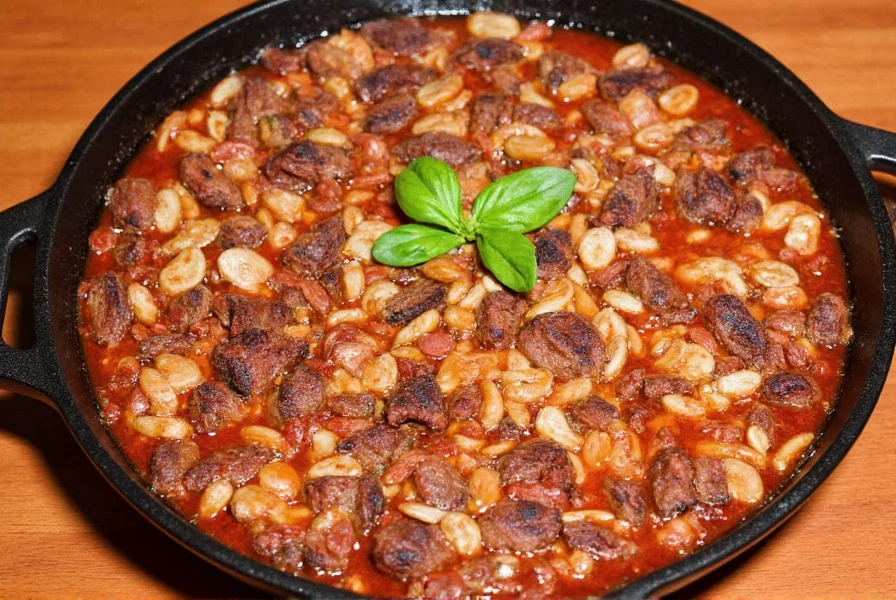
What Are Ancho Chilies?
Ancho chilies are simply dried red poblanos. When fresh green poblanos ripen to red and undergo sun-drying, they transform into the wrinkled, dark red pods known as anchos. This drying process intensifies their natural sweetness while developing distinctive smoky and raisin-like flavor notes.
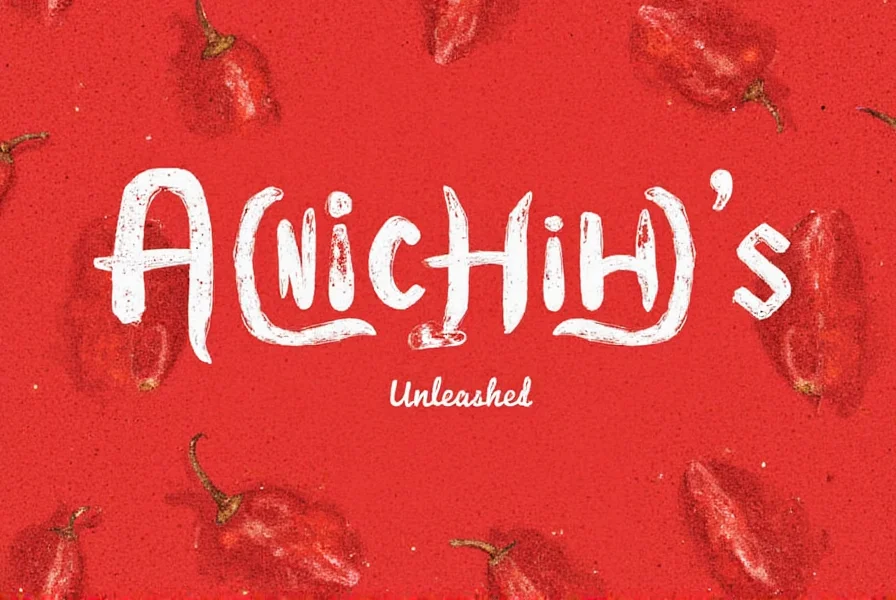
The Life Cycle of an Ancho Chili
| Stage | Description | Flavor Notes |
|---|---|---|
| Green Poblano | Fresh, mild, grassy | Herbaceous, slightly bitter |
| Ripe Red Poblano | Ripened on plant | Sweeter, more complex |
| Dried Ancho | Dried version of red poblano | Smoky, sweet, fruity |
Heat Level & Flavor Profile
Anchos rank low on the Scoville scale (1,000-2,000 SHU), making them significantly milder than jalapeños (2,500-8,000 SHU). Their heat is subtle and builds gradually, while the dominant flavors are sweet, smoky, and reminiscent of dried cherries and coffee. This makes them ideal for adding depth without overpowering dishes.
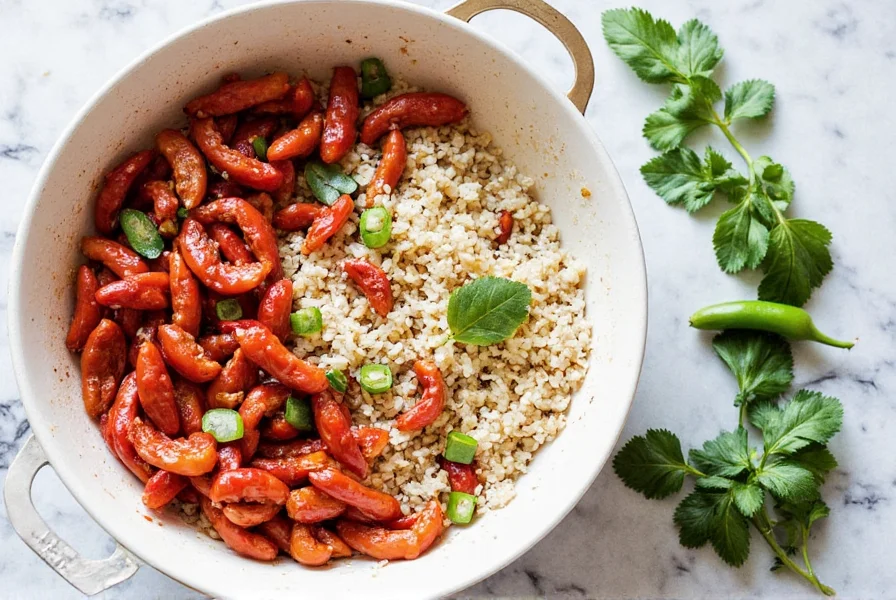
5 Best Culinary Applications
- Mole Negro: The essential base for authentic Mexican mole sauces, providing rich depth and subtle sweetness
- Chili Con Carne: Adds complexity to beef stews when rehydrated and blended into the sauce
- Chocolate Desserts: A pinch of ancho powder enhances dark chocolate brownies or truffles with smoky notes
- BBQ Rubs: Mixed with paprika and cumin for tender, flavorful meat rubs
- Vegetable Roasting: Infuses roasted sweet potatoes or carrots with warm, earthy flavor
Buying Guide: Quality Tips
Follow these guidelines to select premium ancho products:
Whole Ancho Chilies
- Appearance: Deep red color (not faded or overly dark), pliable texture
- Aroma: Fresh smokiness without musty or stale notes
- Origin: Mexican-grown varieties typically offer superior flavor quality
Ancho Powder
- Packaging: Vacuum-sealed or resealable containers
- Ingredients: Only dried ancho chilies (no additives)
- Color: Rich reddish-brown (dull colors indicate age)
| Product Type | Best For | Pros | Cons | Recommended Brand |
|---|---|---|---|---|
| Whole Ancho Chilies | Sauces, slow-cooked dishes | Full flavor control, reusable | Requires preparation time | La Costeña |
| Ancho Powder | Spice rubs, quick recipes | Convenient, instant flavor | Flavor degrades faster | McCormick Gourmet |
| Ground Ancho Paste | Marinades, salsas | Ready-to-use, intense flavor | Shorter shelf life | Goya Sazonadores |
Optimal Storage Methods
- Whole chilies: Airtight container in cool, dark place (up to 1 year)
- Ancho powder: Sealed jar away from light/moisture (6 months freshness)
- Paste: Refrigerate after opening; freeze portions for longer storage

Pro Cooking Techniques
- Toast first: Dry-toast whole chilies 30 seconds per side in skillet for enhanced flavor
- Rehydrate properly: Soak in hot broth 20-30 minutes until soft (save soaking liquid for sauce)
- Blend into sauces: Combine with garlic, onion, vinegar, and spices for mole or adobo
- Make DIY rubs: Mix powder with smoked paprika, cumin, and salt for BBQ seasoning
- Add to desserts: Use 1/4 tsp powder per cup of chocolate batter for complex flavor
Perfect Flavor Pairings
- Chocolate: Dark chocolate (70%+ cacao) for mole-based desserts
- Tomatoes: Balances acidity in salsa or tomato-based sauces
- Coffee: Brewed espresso in mole sauces for depth
- Citrus: Orange zest brightens ancho's smokiness
- Meats: Perfect with pork, chicken, and beef for marinades
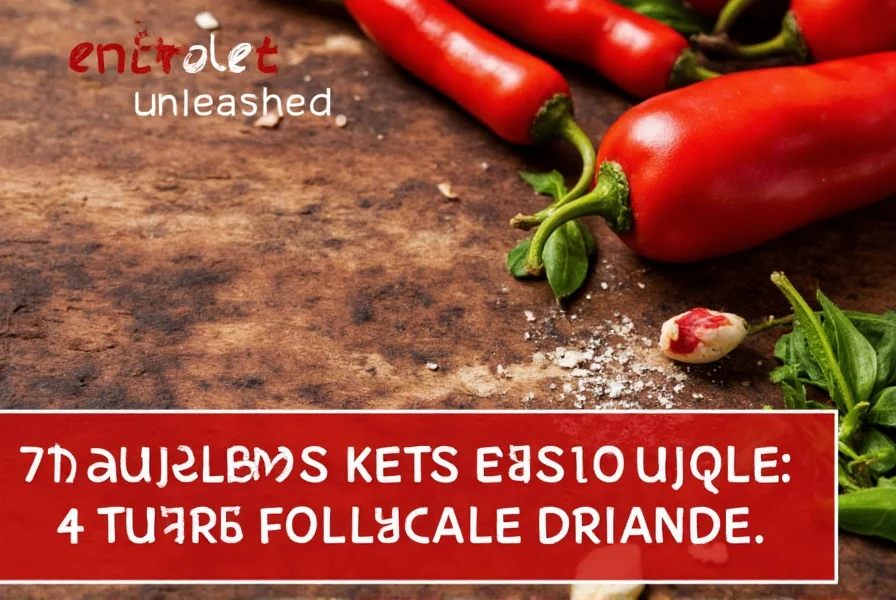
Frequently Asked Questions
What are ancho chilies and why is it "ancho" not "ancho's"?
Ancho chilies are dried poblano peppers. The name comes from the Spanish word "ancho" meaning "wide," referring to their broad shape. It's not possessive (no apostrophe) but the actual variety name. The confusion with "ancho's" typically stems from verbal usage when discussing applications.
Are ancho chilies very spicy?
No. Anchos range from 1,000-2,000 Scoville Heat Units (SHU), making them significantly milder than jalapeños (2,500-8,000 SHU). They provide subtle warmth with dominant sweet, smoky, and fruity flavors rather than intense heat.
How do I rehydrate ancho chilies properly?
Remove stems and seeds, then place chilies in a bowl covered with hot water or broth. Soak 20-30 minutes until pliable. For best flavor, toast whole chilies briefly before soaking. Always save the soaking liquid - it contains concentrated flavor for sauces.
What's the difference between ancho and chipotle peppers?
Anchos are dried red poblanos with sweet, fruity notes and mild heat. Chipotles are smoke-dried jalapeños with pronounced smokiness and higher heat. They're not interchangeable - anchos add depth without overwhelming spice, while chipotles deliver intense smoky heat.
How long do ancho chilies stay fresh?
Whole chilies: 1 year in airtight container (cool/dark place). Powder: 6 months (surface area accelerates flavor loss). Check freshness by vibrant color and sweet aroma - musty smells indicate spoilage.
Can I substitute ancho chilies with other peppers?
Yes, with flavor differences: Mulato chilies (closest match, sweeter), Pasilla (berry-like notes), or guajillo (fruitier, slightly hotter). For powder, mix paprika with 1/4 tsp cayenne per tbsp to approximate flavor. Note: Substitutes won't replicate ancho's exact profile.
Conclusion: The Unsung Hero of Mexican Cuisine
Ancho chilies transform ordinary dishes into extraordinary experiences through their unique sweet-smoky complexity. Unlike fiery peppers that dominate attention, anchos work quietly in the background - elevating mole sauces, chocolate desserts, and savory rubs with sophisticated depth. Keep a supply in your pantry to instantly add professional-level flavor to any recipe.
Ready to elevate your cooking? Grab some anchos and discover why they're the secret weapon of Mexican chefs worldwide.

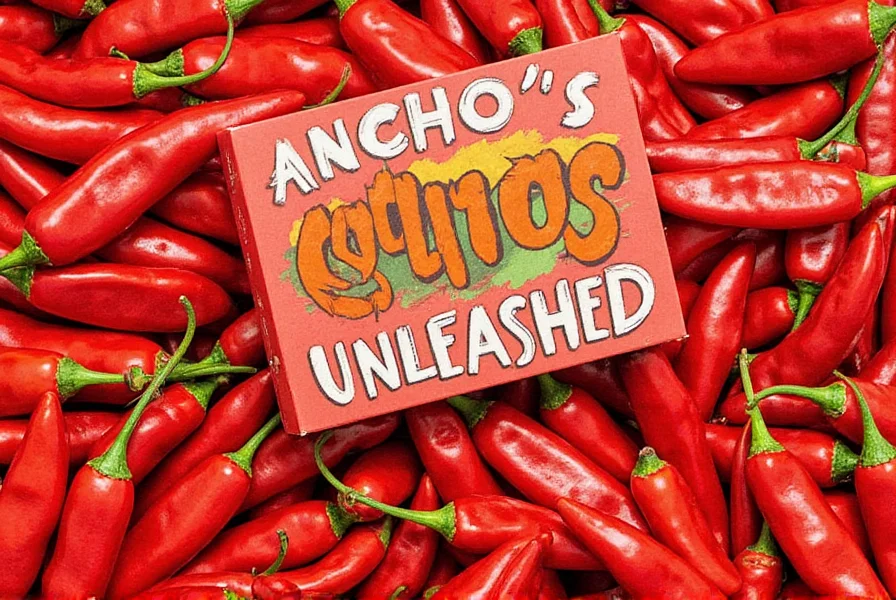









 浙公网安备
33010002000092号
浙公网安备
33010002000092号 浙B2-20120091-4
浙B2-20120091-4